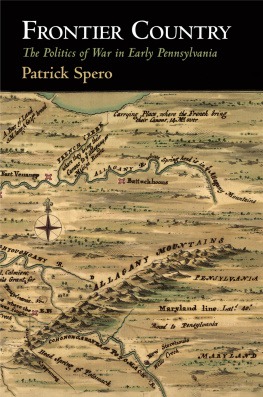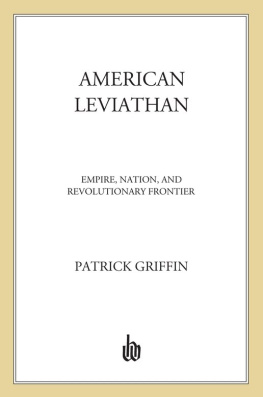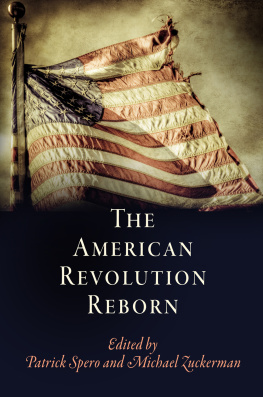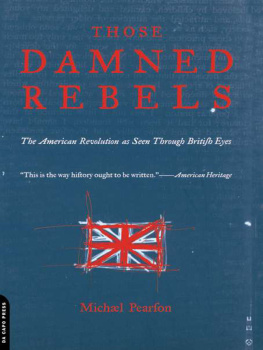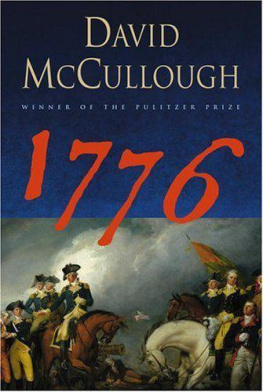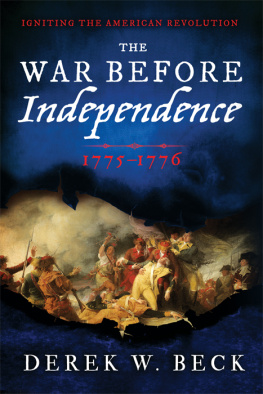Patrick Spero - Frontier Rebels: The Fight for Independence in the American West, 1765-1776
Here you can read online Patrick Spero - Frontier Rebels: The Fight for Independence in the American West, 1765-1776 full text of the book (entire story) in english for free. Download pdf and epub, get meaning, cover and reviews about this ebook. year: 2018, publisher: W. W. Norton & Company, genre: Politics. Description of the work, (preface) as well as reviews are available. Best literature library LitArk.com created for fans of good reading and offers a wide selection of genres:
Romance novel
Science fiction
Adventure
Detective
Science
History
Home and family
Prose
Art
Politics
Computer
Non-fiction
Religion
Business
Children
Humor
Choose a favorite category and find really read worthwhile books. Enjoy immersion in the world of imagination, feel the emotions of the characters or learn something new for yourself, make an fascinating discovery.

- Book:Frontier Rebels: The Fight for Independence in the American West, 1765-1776
- Author:
- Publisher:W. W. Norton & Company
- Genre:
- Year:2018
- Rating:4 / 5
- Favourites:Add to favourites
- Your mark:
- 80
- 1
- 2
- 3
- 4
- 5
Frontier Rebels: The Fight for Independence in the American West, 1765-1776: summary, description and annotation
We offer to read an annotation, description, summary or preface (depends on what the author of the book "Frontier Rebels: The Fight for Independence in the American West, 1765-1776" wrote himself). If you haven't found the necessary information about the book — write in the comments, we will try to find it.
Patrick Spero: author's other books
Who wrote Frontier Rebels: The Fight for Independence in the American West, 1765-1776? Find out the surname, the name of the author of the book and a list of all author's works by series.
Frontier Rebels: The Fight for Independence in the American West, 1765-1776 — read online for free the complete book (whole text) full work
Below is the text of the book, divided by pages. System saving the place of the last page read, allows you to conveniently read the book "Frontier Rebels: The Fight for Independence in the American West, 1765-1776" online for free, without having to search again every time where you left off. Put a bookmark, and you can go to the page where you finished reading at any time.
Font size:
Interval:
Bookmark:
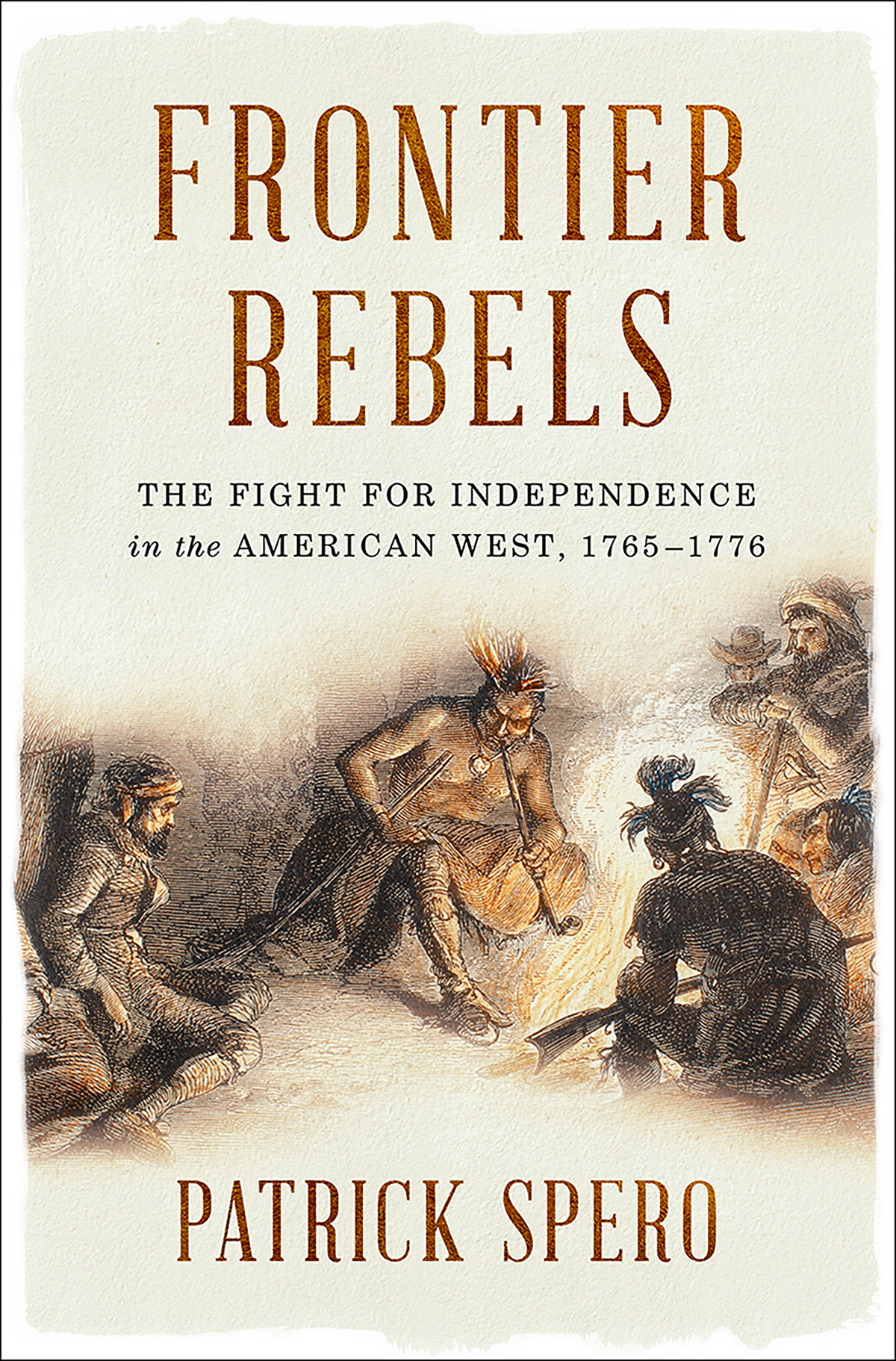
ALSO BY PATRICK SPERO
Frontier Country:
The Politics of War in Early Pennsylvania
The American Revolution Reborn:
New Perspectives for the Twenty-First Century
(editor; with Michael Zuckerman)

PATRICK SPERO

W. W. NORTON & COMPANY
INDEPENDENT PUBLISHERS SINCE 1923
NEW YORK | LONDON
Copyright 2018 by Patrick Spero
All rights reserved
First Edition
For information about permission to reproduce selections from this book, write to Permissions, W. W. Norton & Company, Inc., 500 Fifth Avenue, New York, NY 10110
For information about special discounts for bulk purchases, please contact W. W. Norton Special Sales at specialsales@wwnorton.com or 800-233-4830
Book design by Daniel Lagin
Production manager: Julia Druskin
Jacket design by PHILIP PASCUZZO
Jacket art: PRISMA / UIG / GETTY IMAGES
The Library of Congress has cataloged the printed edition as follows:
ISBN 978-0-393-63470-9
ISBN 978-0-393-63471-6 (e-Book)
W. W. Norton & Company, Inc., 500 Fifth Avenue, New York, N.Y. 10110
www.wwnorton.com
W. W. Norton & Company Ltd., 15 Carlisle Street, London W1D 3BS
To the archivists, librarians, institutions, and others who are stewards of the past and make books like this possible.





ROBERT CALLENDER Likely born in Ireland around 1726, Callender arrived in America sometime before the Seven Years War (17541763) seeking greater opportunity on the frontiers. By the 1750s, he had found success as a fur trader and by the 1760s had built an extensive trading network and owned at least two significant pieces of property in western Pennsylvania, including a large mill. In the winter of 1765, Callenders job was to cart a massive store of goods from Philadelphia to Fort Pitt to help facilitate a peace treaty between the British Empire and Native American groups.
GEORGE CROGHAN Irish by birth, Croghan arrived in Pennsylvania in 1741 and became a resident of the North American frontier. A successful trader, land speculator, diplomat, and military official, in 1763 Croghan was given responsibility for bringing peace to the frontier by traveling to Fort Detroit to negotiate a treaty with Native American groups who were defending their land against the British Empire. He organized Callenders trip and needed those goods to succeed.
THOMAS GAGE Gage, an English aristocrat, came to North America during the Seven Years War (17541763) as a military officer. He was promoted to commander-in-chief of North American forces in 1763 at age forty-four, after Jeffery Amherst, his predecessor, mismanaged Indian relations. Gage wanted to restore stability in North America, especially along its frontiers. Croghans mission was essential to his plans.
ILLINOIS COUNTRY This territory takes its name from a confederation of related Native peoples who dominated the area of modern-day Illinois and Indiana in the seventeenth century. Prior to the Seven Years War (17541763), New France maintained an official presence in this region through a chain of military bases that followed the Mississippi River and its tributaries, especially the Illinois River. Called the Pays des Illinois by the French and governed by an official French commandant, French traders and diplomats living in the area developed strong ties to neighboring Native communities. These Native Americans generally viewed the French as allies whose footprint was contained to the small forts they maintained. After the Seven Years War, Great Britain claimed this territory as its own, much to the chagrin of Native peoples who lived there. In 1765, these groups included the Illinois and also, according to British references, the Ottawas, Potawatomis, Chippewas (Ojibwes), Kickapoos, and others. Having had good relations with New France and being aware of Frances historic hostilities with the British, many of these Native groups were suspicious of the British and fearful that this European power intended to subjugate them and occupy their land. In 1765, British officials wanted to strengthen relations with these groups by trading with them and creating diplomatic alliances.
SIR WILLIAM JOHNSON Like Croghan, Johnson was born in Ireland but immigrated to North America in 1738 while in his early twenties. He settled outside Albany, where he became the leading frontier diplomat in British North America through his strong ties to the Six Nations Iroquois, a confederation of the Mohawk, Onondaga, Oneida, Cayuga, Seneca, and Tuscarora peoples that exerted influence in New York, Pennsylvania, and the Ohio River valley. Johnson also received a baronetcy for his bravery as a colonel in the Seven Years War. Johnson respected Croghan and appointed him to be his deputy.
CHARLOT KASK Kask led a group of Native Americans who refused to accept British peace offers in 1765. Kask, the son of a German father and a Shawnee mother, believed the British wanted to subjugate Native groups who lived in the Illinois Country. His position gained strength among many of the Native communities in the Illinois region just as Croghan began his peace mission to the Illinois Country.
OHIO RIVER VALLEY The largest tributary of the Mississippi River, the Ohio River begins at the confluence of the Allegheny and Monongahela Rivers near modern-day Pittsburgh and flows west to the Mississippi. In the eighteenth century, Native Americans and colonists alike used its waters to connect eastern North America to interior areas. New France and Great Britain fought the Seven Years War for control of the Ohio River and the fertile lands that surrounded this strategic waterway. After the conflict, Great Britain began to try to take control of the region, but Native American groups rejected British claims of dominion. Some of these tribes, like the Delawares and Shawnees, had been pushed from Pennsylvania into the Ohio River valley by the pressures of British expansion and colonial advances. Others were members of the Six Nations Iroquois and affiliated Iroquoian cultural groups who also lived in the region. Those who occupied the area therefore had a long and complicated relationship with the British Empire, and often with each other. By 1764, many Ohio groups were willing to negotiate a peace treaty that would establish their sovereignty and re-open trade and diplomatic relations with the British. Their geographic and diplomatic ties often overlapped with those of the Illinois, and the distinctions between the two regions and the peoples who lived there often blurred. For this book, the Illinois Country refers primarily to more-western areas along the Mississippi River in which New France had a military presence, while the Ohio River valley encompasses the more-eastern terrain of modern-day western Pennsylvania and Ohio, although distinctions between the two regions could be amorphous in the eighteenth century.
Font size:
Interval:
Bookmark:
Similar books «Frontier Rebels: The Fight for Independence in the American West, 1765-1776»
Look at similar books to Frontier Rebels: The Fight for Independence in the American West, 1765-1776. We have selected literature similar in name and meaning in the hope of providing readers with more options to find new, interesting, not yet read works.
Discussion, reviews of the book Frontier Rebels: The Fight for Independence in the American West, 1765-1776 and just readers' own opinions. Leave your comments, write what you think about the work, its meaning or the main characters. Specify what exactly you liked and what you didn't like, and why you think so.

